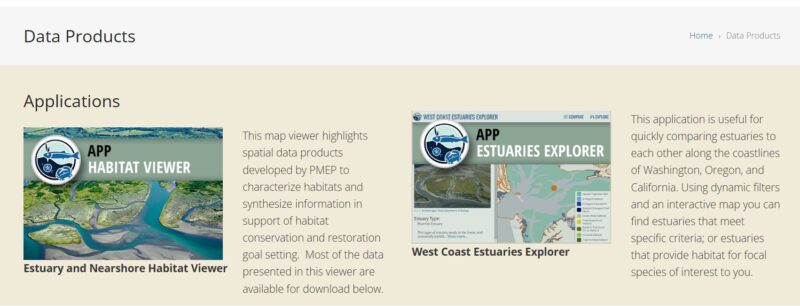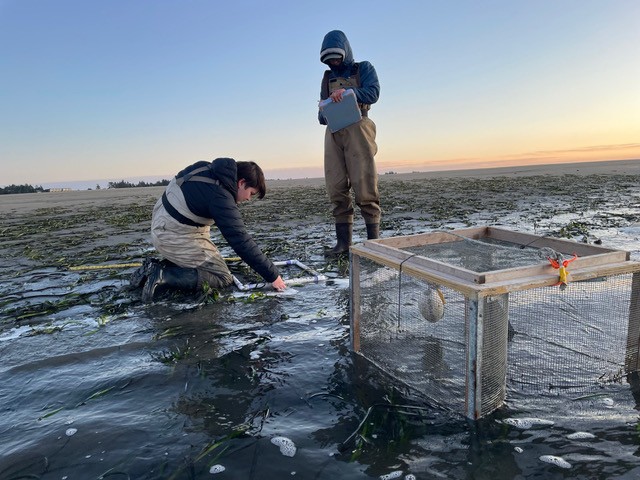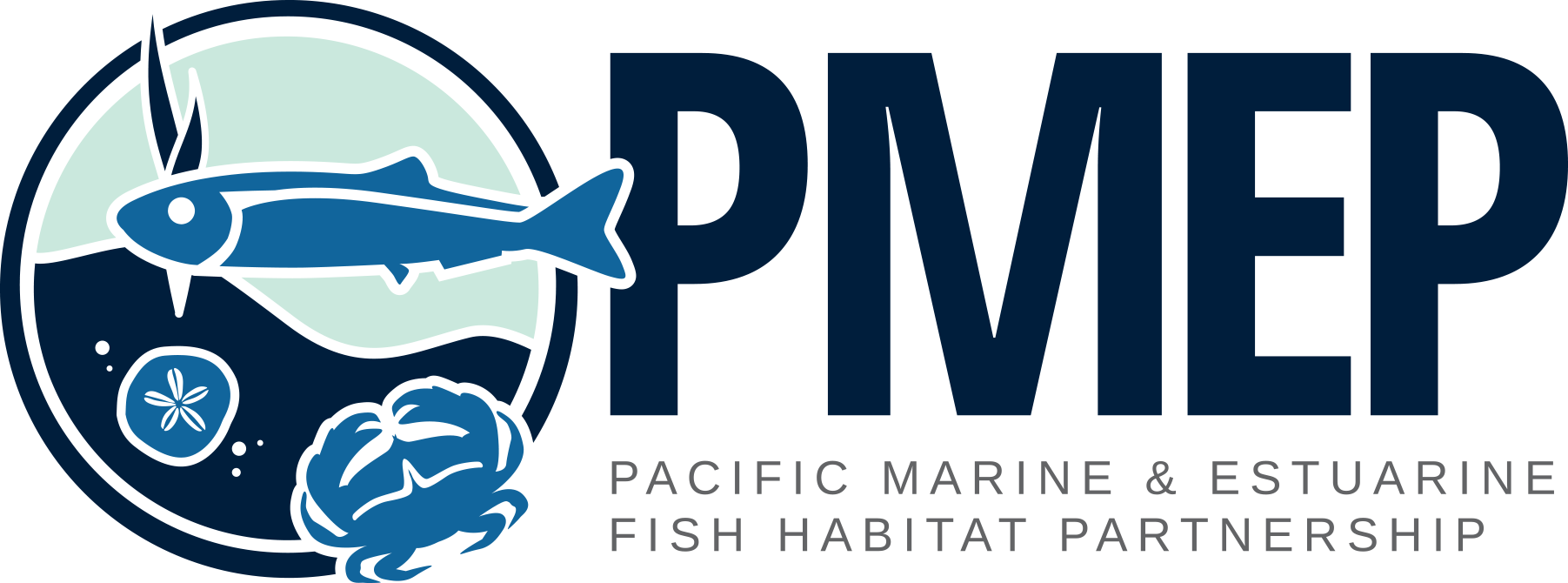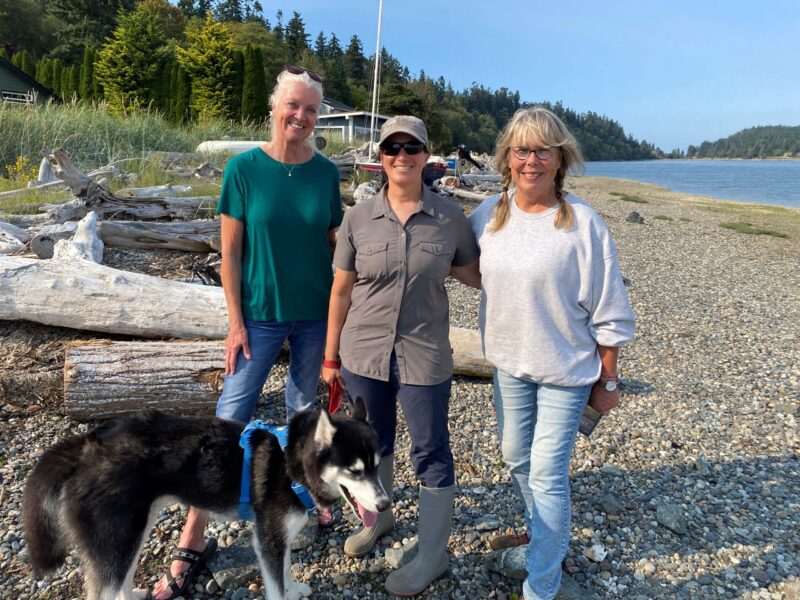PMEP Steering and Science & Data Committee members visited five nearshore restoration sites in September when they held their annual meeting in Bellingham, Washington. The projects were led by the Northwest Straits Foundation and included the removal of hard shoreline armoring from both privately owned and public shorelines. Shown here are Lisa Kaufman, from the Northwest Stratis Foundation, and two private landowners who voluntarily removed armoring from their shoreline to restore habitat.

- September 28, 2025
- Joan Drinkwin
- Events
- 0 comments
PMEP and the Tijuana River National Estuarine Research Reserve Coastal Training Program are hosting a virtual data tools training on Tuesday, November 4 & Wednesday, November 5 from 10am-12pm PST. The training will be available for 20 participants.
The training is designed for restoration practitioners, resource managers, and researchers and will cover the use and utility of PMEP’s online spatial data and web-based mapping tools: Estuary Nearshore Habitat Viewer and Estuary Explorer. Training participants will receive background information on PMEP’s spatial data framework and learn how to navigate and answer conservation planning queries through hands-on exercises. Participants will learn how to download data from the tools and how to upload datasets to the tool for customized mapping needs. REGISTER HERE!

- September 19, 2025
- Joan Drinkwin
- Announcement, Funding
- 0 comments
PMEP has awarded FY25 funds from the National Fish Habitat Partnership to Oregion State University to assess the response of fish communities of seagrass restoration in Coos Bay and Yaquina Bay, Oregon. Researchers will evaluate diversity, abundance, and performance metrics of species at restoration sites in these estuaries and compare those metrics to natural seagrass and nearshore nursery habitats to assess restoration effectiveness. This project also includes a dynamic hands on education and outreach component with local partners.

